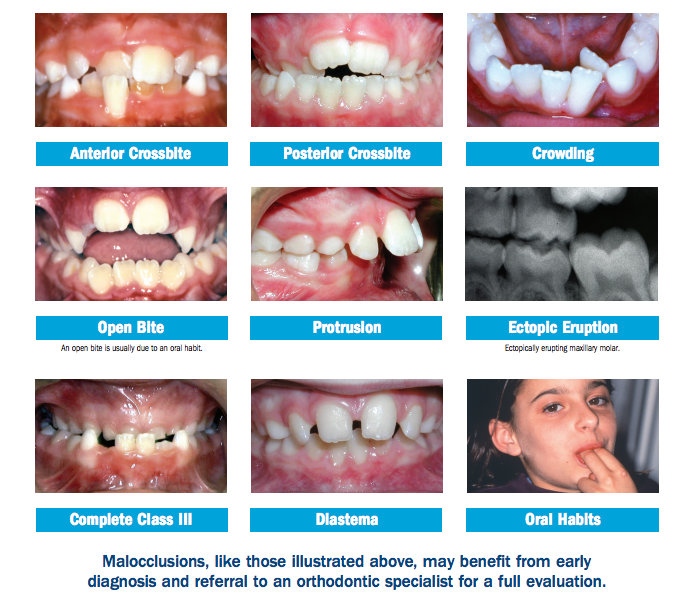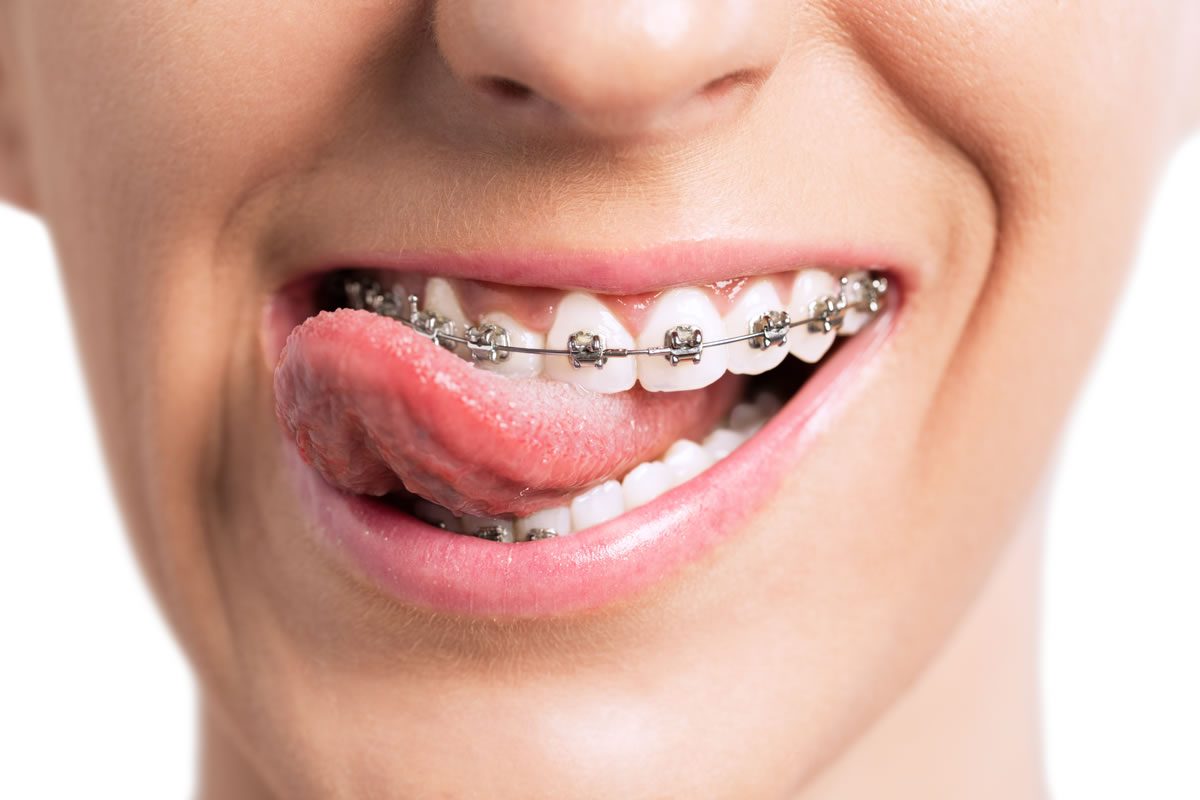The Buzz on Causey Orthodontics
Table of ContentsThe Best Strategy To Use For Causey OrthodonticsThings about Causey OrthodonticsGetting The Causey Orthodontics To WorkA Biased View of Causey OrthodonticsThe Best Strategy To Use For Causey Orthodontics
Ignoring occlusal relationships, it was regular to get rid of teeth for a range of dental issues, such as malalignment or congestion. The idea of an intact teeth was not commonly appreciated in those days, making bite correlations seem pointless. In the late 1800s, the idea of occlusion was essential for creating reliable prosthetic substitute teeth.As these concepts of prosthetic occlusion proceeded, it came to be an invaluable device for dentistry. It was in 1890 that the work and impact of Dr. Edwards H. Angle started to be felt, with his payment to contemporary orthodontics particularly significant. At first focused on prosthodontics, he taught in Pennsylvania and Minnesota prior to directing his interest in the direction of dental occlusion and the therapies required to maintain it as a typical condition, thus becoming called the "father of modern orthodontics".

The concept of excellent occlusion, as proposed by Angle and included right into a category system, enabled a change in the direction of dealing with malocclusion, which is any type of discrepancy from regular occlusion. Having a complete set of teeth on both arcs was extremely searched for in orthodontic therapy because of the need for precise relationships in between them.
The Of Causey Orthodontics
As occlusion became the essential concern, facial percentages and looks were neglected - orthodontist expert. To attain optimal occlusals without making use of external pressures, Angle postulated that having excellent occlusion was the best means to obtain optimum face appearances. With the passing away of time, it ended up being quite obvious that also an outstanding occlusion was not ideal when taken into consideration from a visual viewpoint
Charles Tweed in America and Raymond Begg in Australia (who both examined under Angle) re-introduced dental care extraction right into orthodontics throughout the 1940s and 1950s so they might enhance face esthetics while additionally guaranteeing much better security concerning occlusal connections. In the postwar duration, cephalometric radiography started to be used by orthodontists for gauging changes in tooth and jaw position triggered by growth and therapy. It became obvious that orthodontic therapy can adjust mandibular advancement, causing the development of functional jaw orthopedics in Europe and extraoral force actions in the US. These days, both practical home appliances and extraoral devices are used around the world with the goal of modifying growth patterns and kinds. As a result, pursuing real, or at the very least improved, jaw connections had come to be the major purpose of therapy by the mid-20th century.
10 Easy Facts About Causey Orthodontics Described
 Up until the mid-1970s, braces were made by wrapping steel around each tooth. https://www.exchangle.com/causeyortho7., it came to be possible to rather bond steel braces to the teeth.
Up until the mid-1970s, braces were made by wrapping steel around each tooth. https://www.exchangle.com/causeyortho7., it came to be possible to rather bond steel braces to the teeth.Andrews provided an informative definition of the excellent occlusion in permanent teeth. This has actually had purposeful results on orthodontic treatments that are administered on a regular basis, and these are: 1. Proper interarchal relationships 2. Appropriate crown angulation (idea) 3. Proper crown disposition (torque) 4. No rotations 5. Limited contact points 6. Flat Curve of Spee (0.02.5 mm), and based on these principles, he found a therapy system called the straight-wire home appliance system, or the pre-adjusted edgewise system.
The benefit of the layout depends on its brace and archwire mix, which calls for just marginal cable flexing from the orthodontist or medical professional (orthodontist near me). It's aptly called hereafter feature: the angle of the slot and thickness of the brace base inevitably determine where each tooth is positioned with little demand for additional control
The Ultimate Guide To Causey Orthodontics
Both of these systems employed similar brackets for each and every tooth and demanded the bending of an archwire in 3 airplanes for locating teeth in their wanted settings, with these bends dictating best placements. When it comes to orthodontic devices, they are divided right into two kinds: removable and fixed. Detachable appliances can be taken on and off by the individual as called for.

Therefore, nearly all modern-day set home appliances can be considered variants on this edgewise home appliance system. Early 20th-century orthodontist Edward Angle made a major payment to the globe of dental care. He produced four distinctive home appliance systems that have been made use of as the basis for lots of orthodontic treatments today, disallowing a few exceptions.
Not known Incorrect Statements About Causey Orthodontics

The wire ended in a thread, and to relocate onward, a flexible nut was utilized, which permitted an increase in area. By ligation, each specific tooth was connected to this large archwire (Causey Orthodontics). Due to its minimal series of motion, Angle was incapable to attain specific tooth placing with an E-arch
These tubes held a soldered pin, which could be rearranged at each visit in order to relocate them in location. Dubbed the "bone-growing device", this contraption was theorized to urge healthier bone development because of its potential for moving force straight to the origins. Implementing it confirmed problematic in reality.